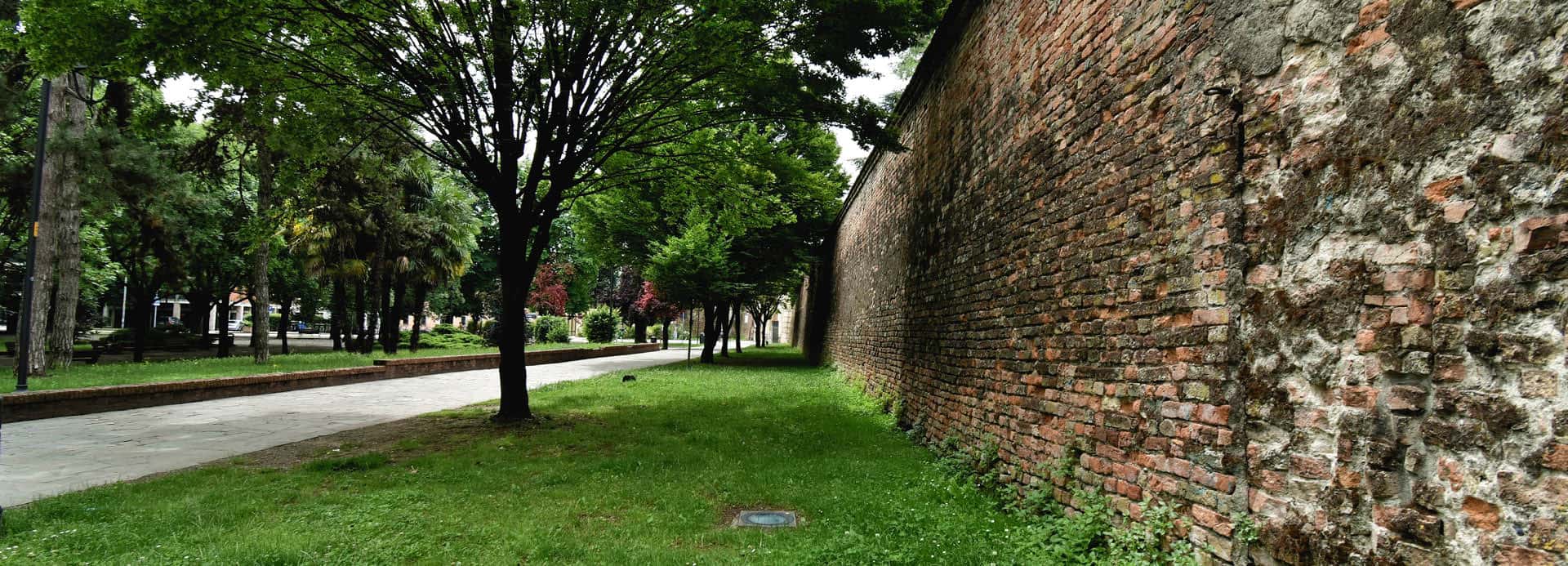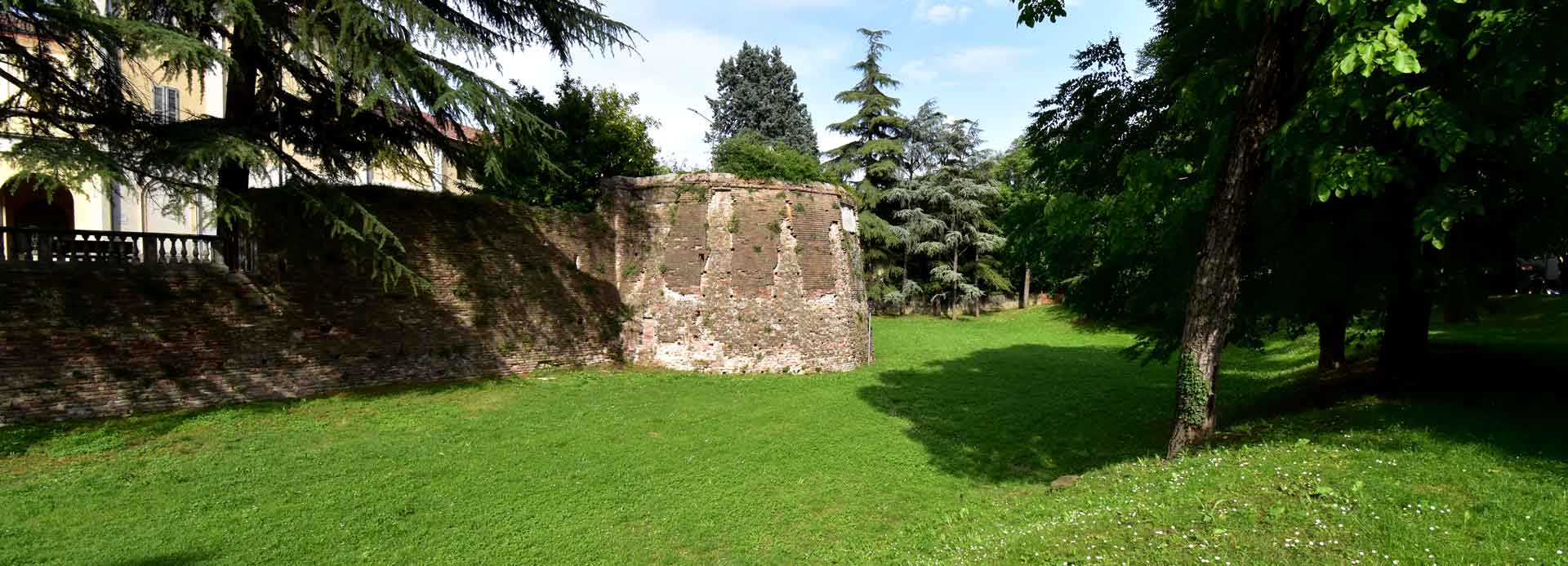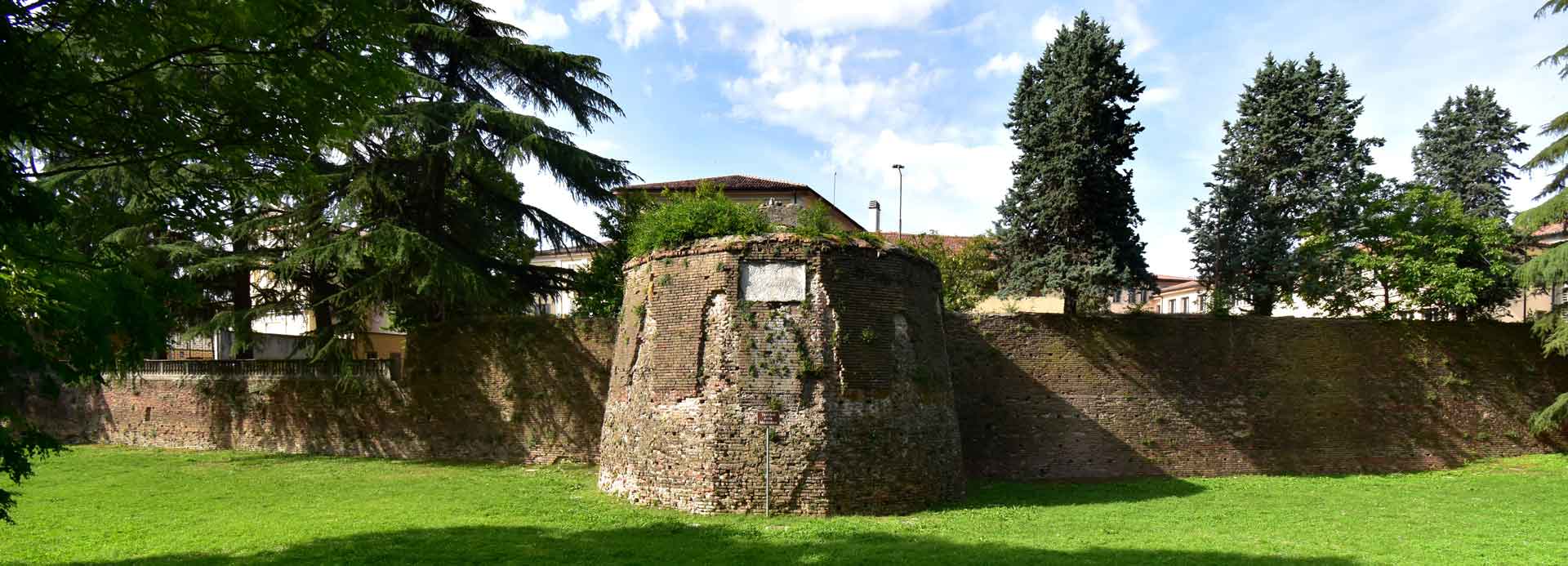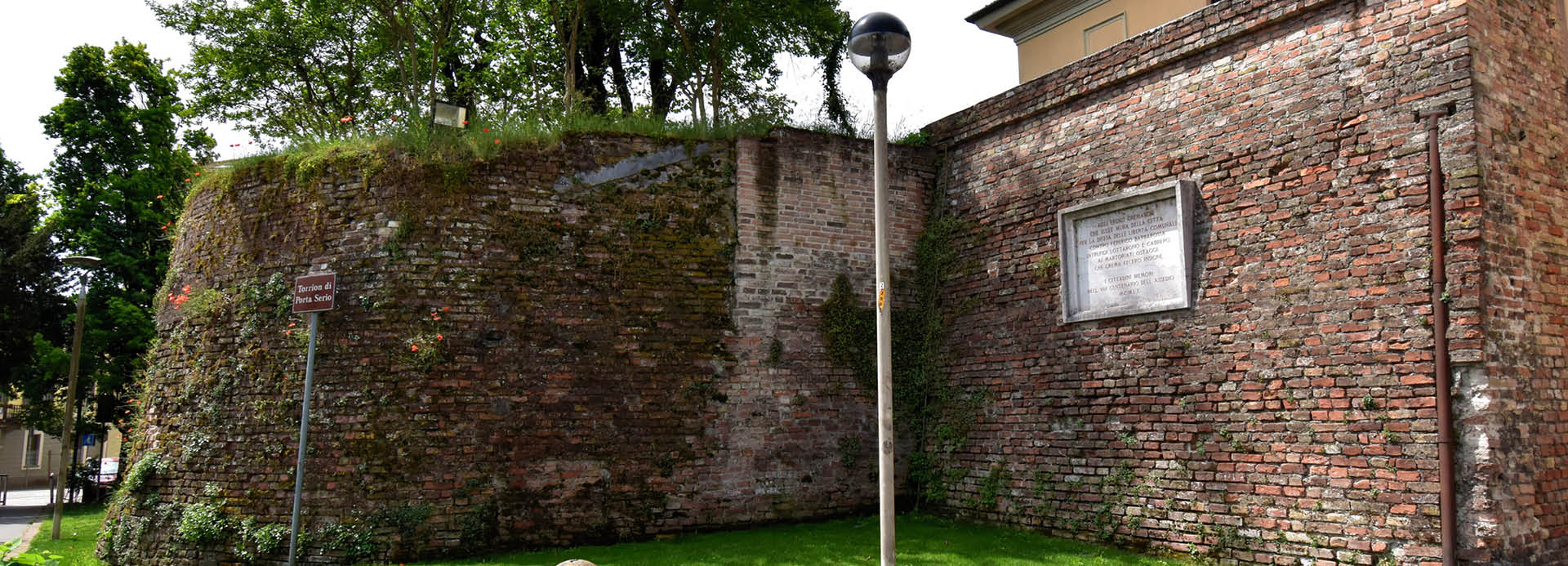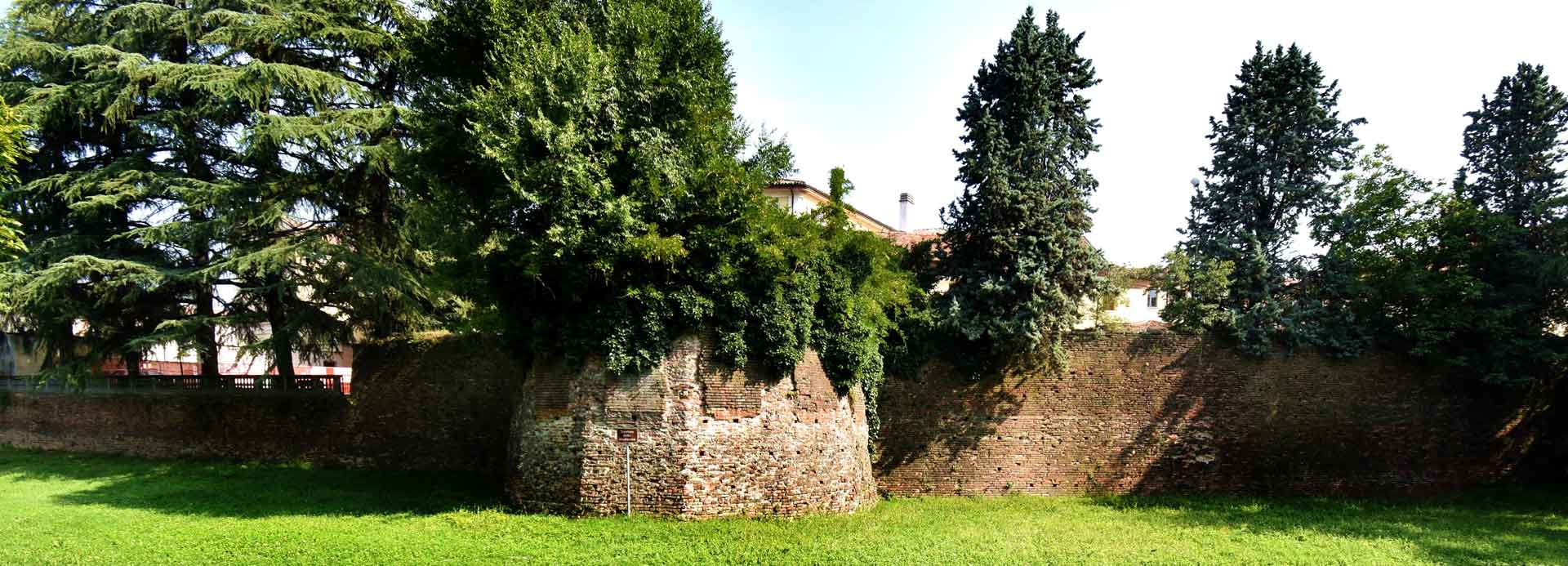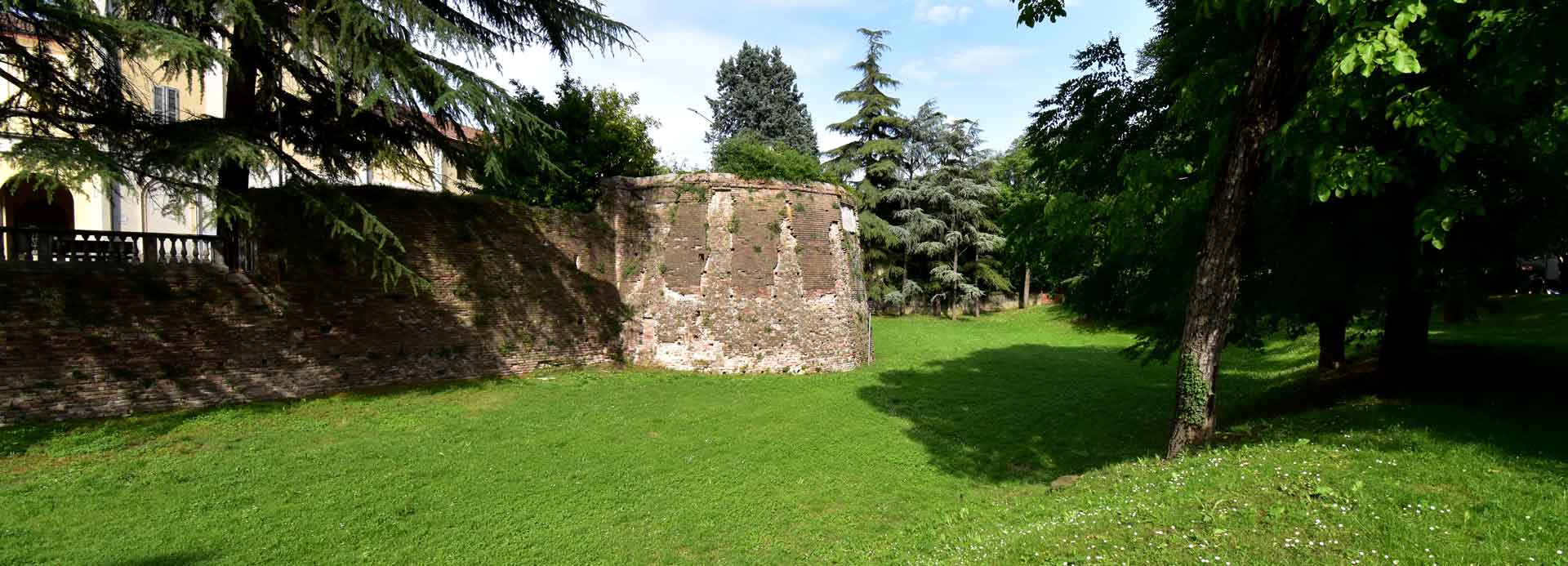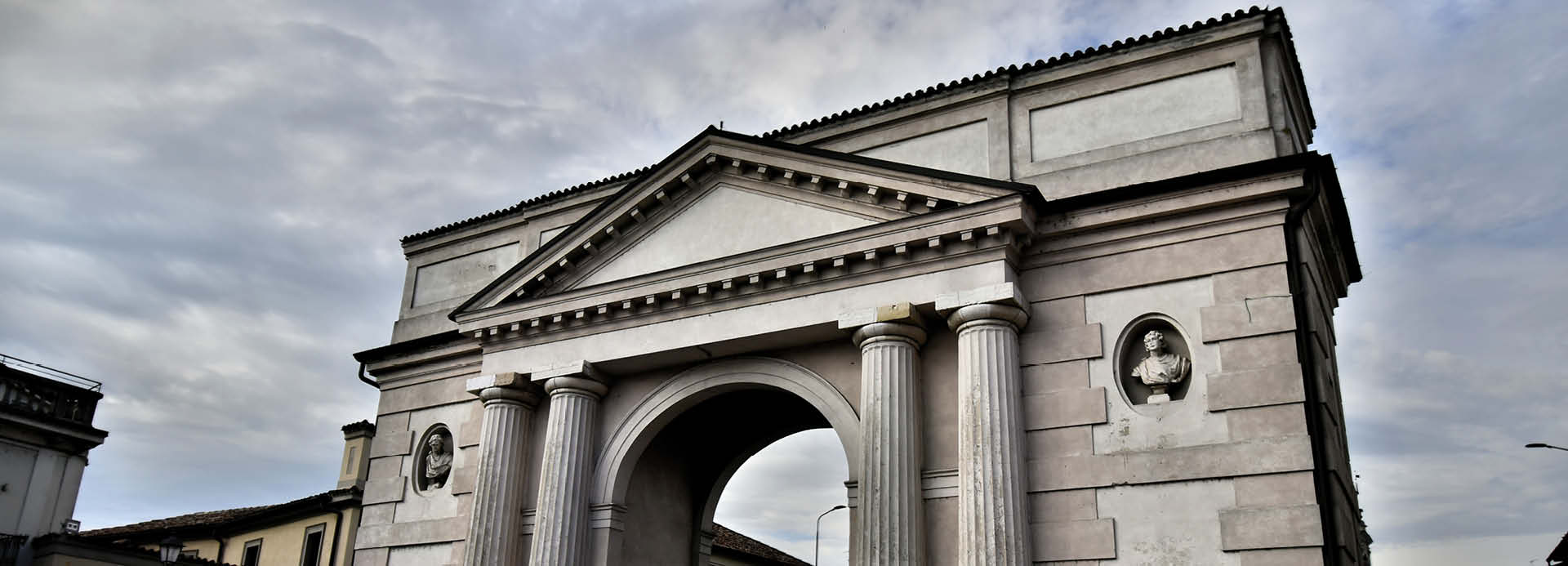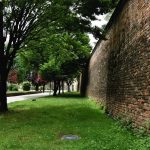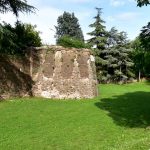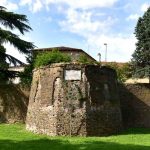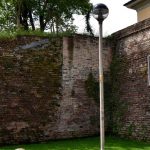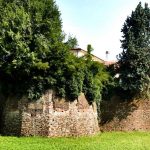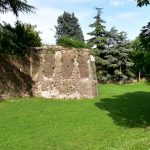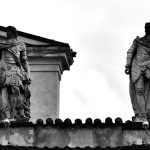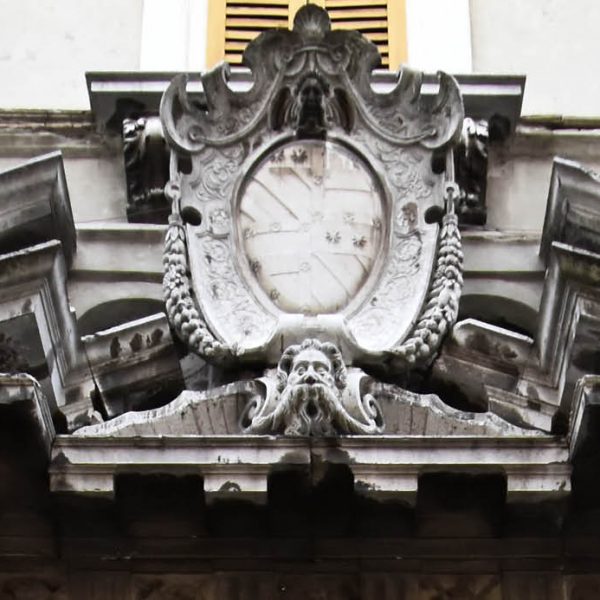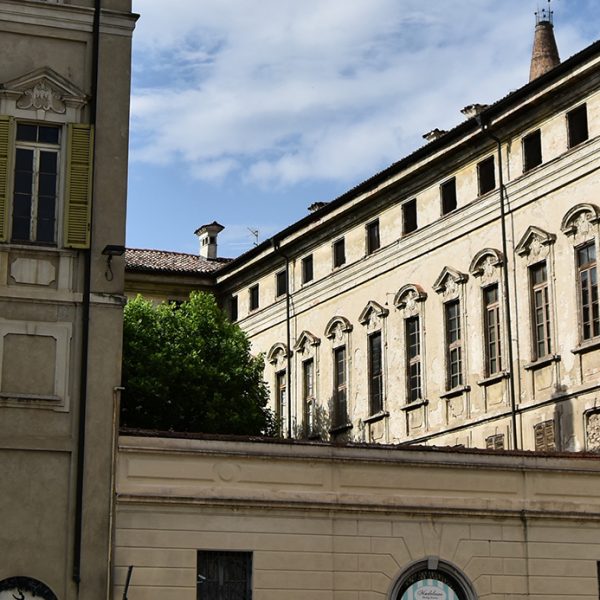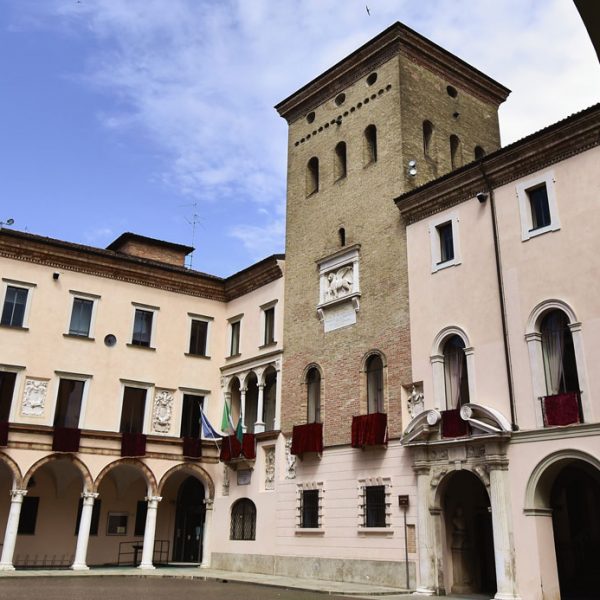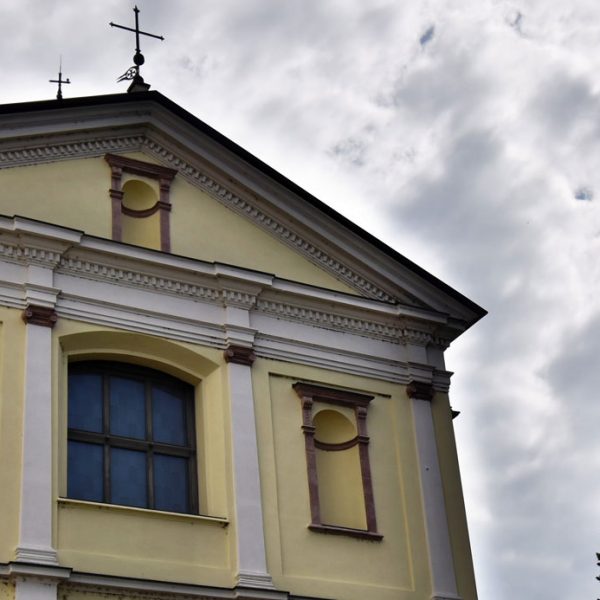 Tutti i luoghi
Tutti i luoghi
La nuova cinta muraria cittadina
In 1449 Crema entered the orbit of the Republic of Venice becoming a frontier fortress. The Venetians built the new walls starting from around 1480, completing it in 1509 with works on the embankment and the outer moat. It was an irregular polygon with a perimeter of 2844 meters, equipped with star-shaped bastions, surrounded by a moat and garnished by stable soldiers, with ancient military gates equipped with ravelins. This fortification suffered only one attack in 1514 by the Milanese troops, also maintaining its function as a customs station and sanitary cordon over the centuries.
The new walls incorporate the space of the now dilapidated medieval walls, erected at the same time as the reconstruction of the city wanted by Barbarossa starting from 1190; its remains were exploited for the erection of new urban blocks. The siege that the emperor himself inflicted on the city between 1159 and 1160 was the longest in all of the Italian Middle Ages.
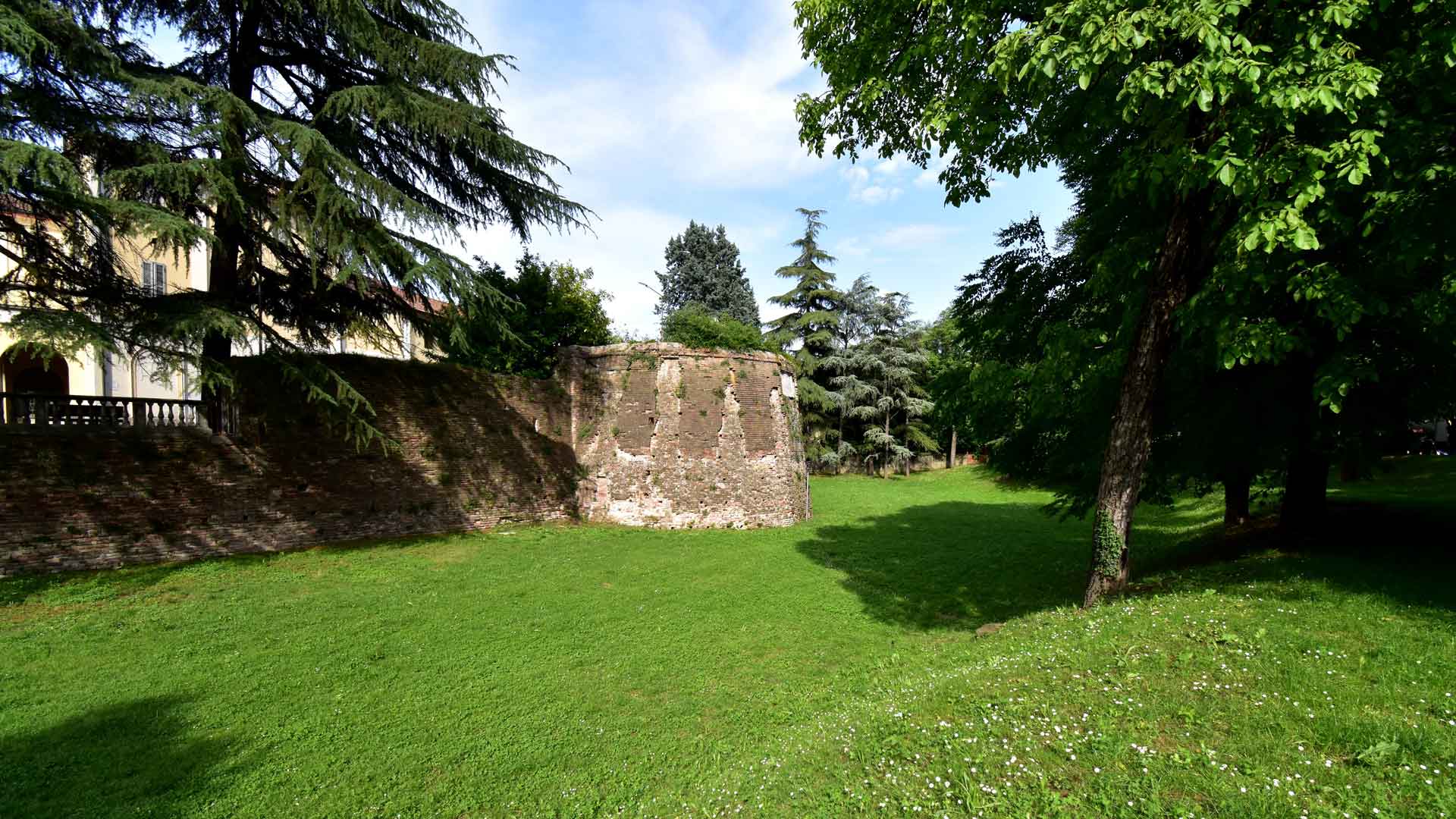
In memory of these facts, we point out the painting exhibited in the hall of the Municipal Council which depicts the tragic episode of the hostages. The citizens of Crema hoisted on the palisades to dissuade the city from hitting the imperial troops (G. Perolini, 1964). Today the memory of the walled city survives, as well as of the road along the ramparts, the romantic walk that wound around the city for 2200 meters. It is still possible to appreciate discreetly preserved pieces of the curtain wall in correspondence with some public areas (the Chiappa park and the via Mercato, the public gardens, the via Magri, the “Campo di Marte”, where it is possible to observe closely the tower of the Madonna, which it bore the image of the Virgin with the child painted there to protect the walls in the first half of the 16th century. The fresco is currently preserved in the nearby church of St. Mary of Graces.

With the arrival of the French hussars in 1797, the long Venetian domination ended. Since 1803 the city is no longer a fortress: once the military role has ceased, the walls are reduced to a public walk until the end of the 19th century. A few years later the doors were demolished; the same fate will befall the ramparts and the castle of Porta Serio, victim of low-profile economic exploitation logics: dismantled and used as a brick quarry, the northern tower and the perimeter of the rampart with its star shape transformed into a public garden are preserved . Between the end of the 1800s and the early decades of the 1900s, new gaps were opened in the walls, which were broken up to obtain bricks, used as retaining walls for new buildings and demolished for long segments.
The current Serio Gate and Ombriano Gate, monumental creations by the Cremonese architect Faustino Rodi, were built in the neoclassical style between 1805 and 1807 to replace the fifteenth-century doors (they are located at the eastern and western ends of the walls, they were restored in the 1992). It was necessary to equip the city with wider gates suitable for civilian functions of transit and trade, accompanied by adjoining rooms for civic guards and customs officers. Their monumentality gave the city a tone of nobility and grandeur.
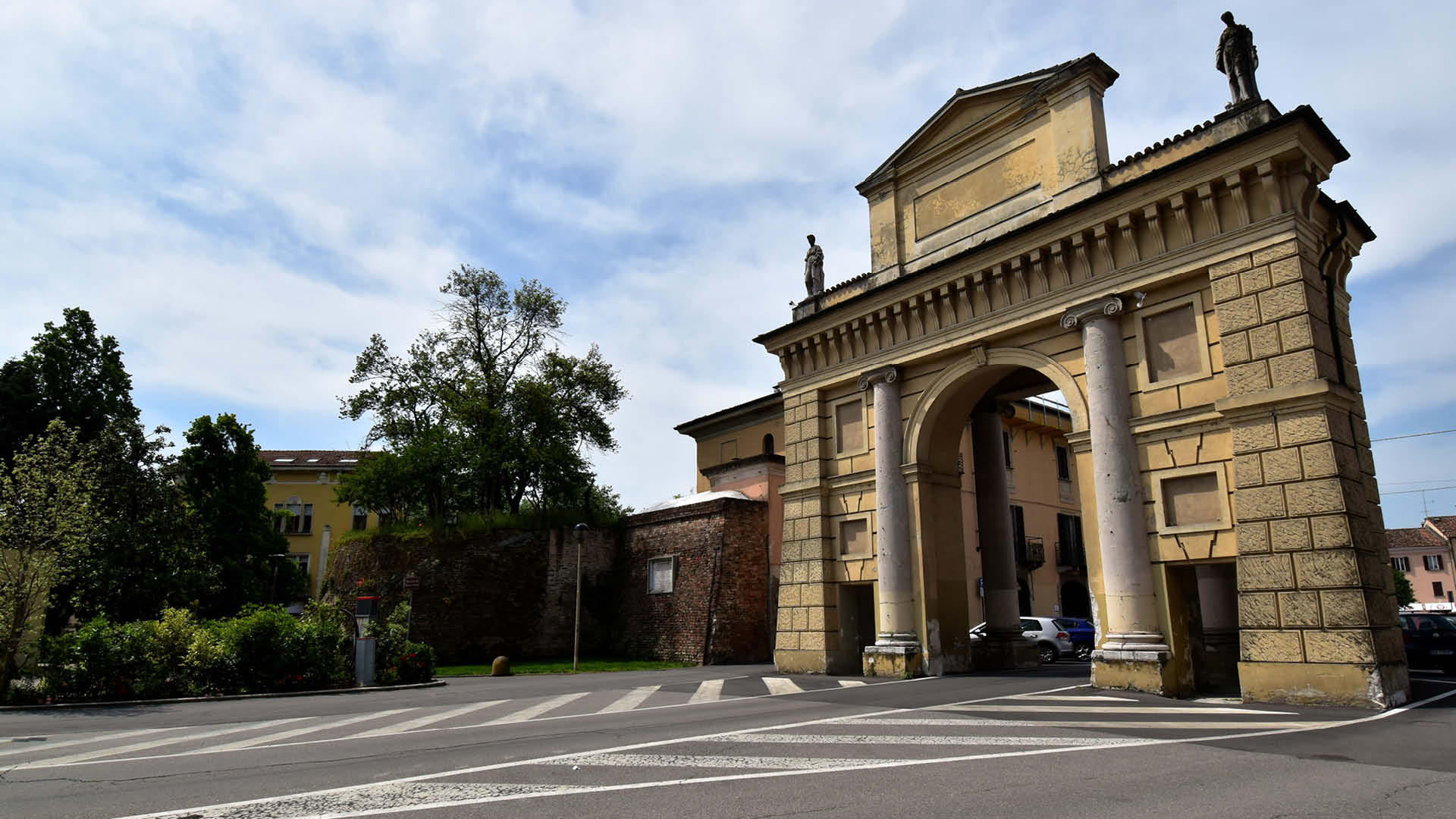

Info
Public park next to Serio Gate

